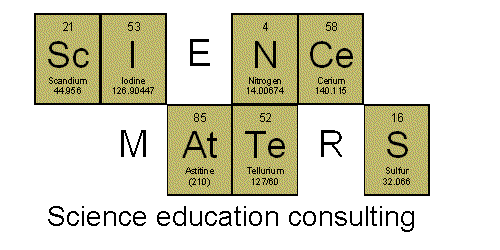I love, love, love this activity from Bobbin Cave, part of the Access Excellence Fellows Collection.
Your students will actually act out the process of digestion - the props are so great and it's so much fun.
First you'll need to make your food particle:
Place several M&Ms (or other brightly colored candy) in several small plastic bags (zip-top are preferable). The bags of candy get placed in brown paper bags along with wadded up newspaper.
The paper bags, along with additional wadded up newspaper are placed in a large, thin plastic bag (you want something that rips open easily.
You'll need to gather some additional supplies:
--Large sponges
--Spray bottles filled with water - label half as "Saliva" and half as "Pancreatic Juices"
--Trash can
Use masking tape to make two parallel lines on the floor, 3 or 4 feet apart.
Have students line up, half on each line, facing each other.
The path between them is the digestive tract. They will all work together, using peristalsis, to push the food particle down the tract, as well as doing their individual jobs.
Assign each student a job, based on his/her position along the tract.
The first two students (the first student in each line) are molars. Then saliva, pancreas, small intestine, blood, large intestine, and rectum.
Double up on jobs as necessary to provide everyone with a role. Explain what each student is responsible for doing in this activity:
- Molars: rip up food; the students will rip open the plastic bag when the get it
- Saliva: begins chemical digestion of food: the students will spray the bags and newspapers with their bottle
- Pancreas: continues chemical digestion of food; the students will spray the bags and newspapers with their bottles
- Small intestine: absorbs the nutrients and passes them to the blood; the students will search through the food particle to find the nutrients and hand the bags of nutrients to the blood
- Blood: distributes nutrients throughout the body; the students will pass out the nutrients to all the students (save this to do after all the digesting is complete)
- Large intestine: absorbs excess water; the students will use the sponges to soak up the water on the floor
- Rectum: removes waste: the students will place the remains of the food particle in the trash can
I truly think this is a fantastic activity and is so useful in helping students learn the roles of the organs in the digestive system. It takes a little bit of prep work (but not too bad) and if done properly, it cleans itself up!









I´m a Brazillian teacher, and I was looking for ideas of experiments...
ReplyDeleteLove this one. Congrats!!!
"Excellent Article.
ReplyDeleteEnzyme is dedicated to providing exceptional enzyme-focused supplements at the most therapeutic levels available in the natural foods industry and beyond.
Using cutting-edge formulations, in 1998 Enzymedica introduced Thera-blend™ to the industry. Thera-blend is a proven technology for blending multiple strains of enzymes, shown to be far superior in potency over competing brands.
From the beginning, we understood how everything begins with digestion. All food is composed of protein, fat, carbohydrates and fiber. The key to turning food into energy is enzymes. Once food is broken down, the body can rebuild and heal, build or create energy and remove toxins and Digestive Enzymes."
Excellent Science Project to explain the Digestive System that GOD so magnificently created. Try it out.
ReplyDeleteWhat about the liver, gallbladder and stomach added to this assembly line? Where would I add these three organs in? How would the kids represent these organs?
ReplyDeleteI like your blog. I enjoyed reading your blog. It was amazing. Thanks a lot.
ReplyDeletehttps://blog.mindvalley.com/kinesthetic-intelligence/